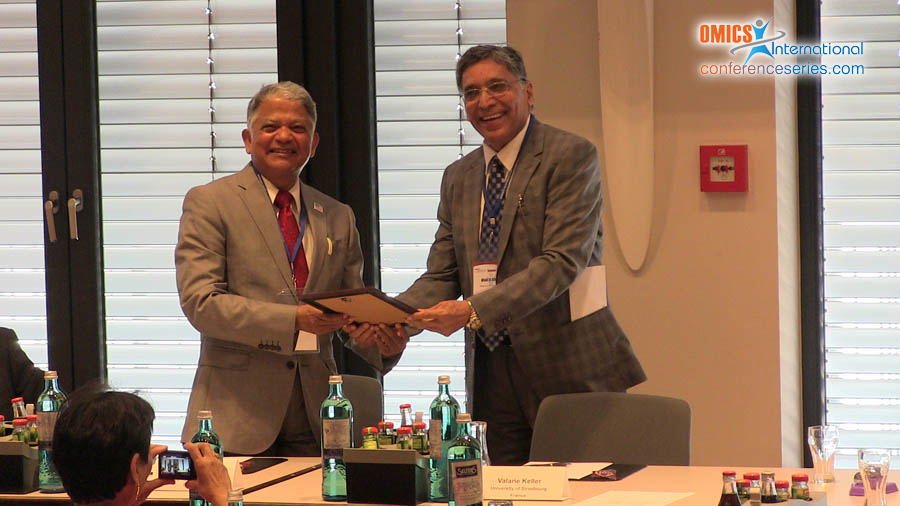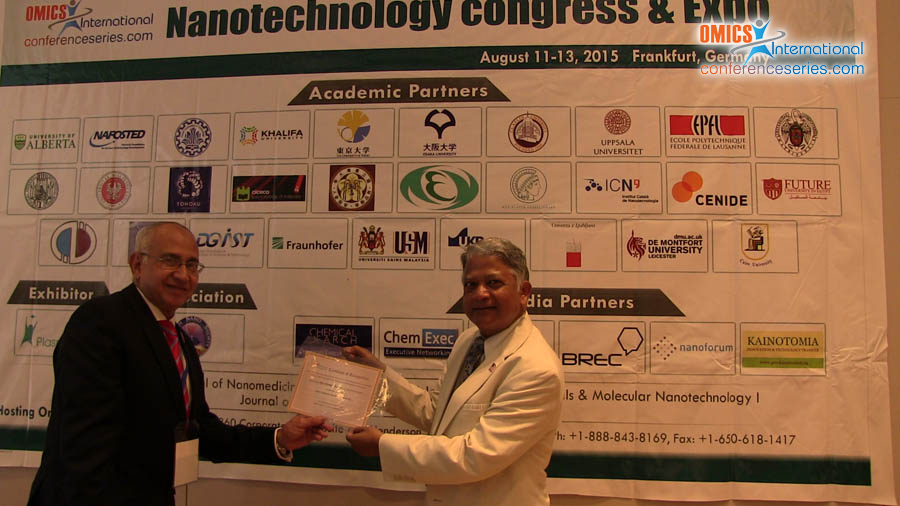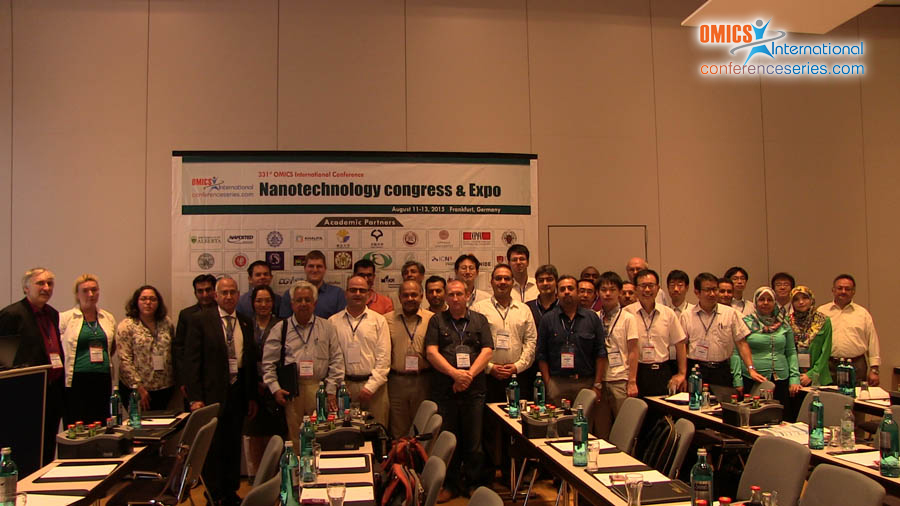
Hari Shanker Sharma
Uppsala University, Sweden
Title: Nanodelivery of a multimodal drug Cerebrolysin reduces brain pathology following amyloid beta peptide infusion induced Alzheimer’s disease
Biography
Biography: Hari Shanker Sharma
Abstract
Alzheimer’s Disease (AD) induced brain pathology is instrumental in causing functional and behavioral disturbances in patients. Research reports in AD suggest deposition of amyloid-ï¢-peptide (ABP) within the brain could be instrumental in precipitating the pathophysiology of AD. Chronic intracerebroventricular infusion of ABP in rats thus results in AD like symptoms in rat model. To reduce the toxic effects of ABP and to enhance neurorepair we used a multimodal drug Cerebrolsyin (Ever NeuroPharma) that is a balanced composition of various neurotrophic factors and active peptide fragments in our AD model. Infusion of ABP (1-40) intraventricularly (i.c.v.) in the left lateral ventricle 250 ng/10 µl once daily for 4 weeks resulted in ABP deposits in cortex and in hippocampus and associated with an increased glial fibrillary acidic protein (GFAP) immunoreactivity, loss of myelin basic protein (MBP) and leakage of albumin in these brain areas. Nissl stain showed marked neuronal loss or distortion in areas showing ABP deposition. The behavioral disturbances on Rota Rod performances and inclined plane angle tests showed significant deterioration along with the ability to retrieve platform in water maze tests in ABP infused rats.\\r\\n\\r\\nInfusion of Cerebrolysin (25 µl, i.c.v.) starting from 1 week after the onset (but not 2 weeks) of ABP infusion daily and terminated 1 week before ABP last infusion, significantly reduced brain pathology improved the behavioral functions. Interestingly, TiO2-naonowired Cerebrolsyin administration 2 weeks after ABP infusion daily for 1 week only resulted in marked neuroprotection and significantly improved behavioral functions. Our observations clearly suggest that (i) Cerebrolsyin administration if given during a critical therapeutic time window is able to attenuate AD pathology, and (ii) nanodelivery of cerebrolysin has superior effects and extended therapeutic window in AD. The possible mechanisms and functional significance of our findings will be discussed.\\r\\n\\r\\n*Supported by grants from the Air Force Office of Scientific Research (EOARD, London, UK), and Air Force Material Command, USAF, under grant number FA8655-05-1-3065; Swedish Medical Research Council (Nr 2710-HSS).\\r\\n



